It looks like you're using an Ad Blocker.
Please white-list or disable AboveTopSecret.com in your ad-blocking tool.
Thank you.
Some features of ATS will be disabled while you continue to use an ad-blocker.
share:
reply to post by westcoast
We are on the North end of the Oregon border area. We have been seeing every single thing in your pictures, like you I have not seen any of these things but a few times in my life, but now we consider some of them "common" especially the circle around the sun.
The huge double rainbow we have seen twice and one thing you didn't mention, we saw huge lightning strikes on the hills with no thunder. We actually jumped in the truck and tried to get closer it was so very strange. The strikes were thick and wide but no sound at all.
I seem to have all the same interests as you, unfortunately I broke my good camera and have only a small one and have not been taking any pictures they always are so bad.
We are on the North end of the Oregon border area. We have been seeing every single thing in your pictures, like you I have not seen any of these things but a few times in my life, but now we consider some of them "common" especially the circle around the sun.
The huge double rainbow we have seen twice and one thing you didn't mention, we saw huge lightning strikes on the hills with no thunder. We actually jumped in the truck and tried to get closer it was so very strange. The strikes were thick and wide but no sound at all.
I seem to have all the same interests as you, unfortunately I broke my good camera and have only a small one and have not been taking any pictures they always are so bad.
reply to post by westcoast
Great pictures!
I was curious if you were able to explain the orb looking object above and to the left of the sun in this picture?
Great pictures!
I was curious if you were able to explain the orb looking object above and to the left of the sun in this picture?
reply to post by westcoast
Looks like you may have also caught a UFO in this photo (did anyone else notice?):
And this one is set as my new desktop picture Great photo!
Looks like you may have also caught a UFO in this photo (did anyone else notice?):
And this one is set as my new desktop picture Great photo!
To the OP, NorCal here, I have noticed the increase of Sun Halos as well. Or perceived increase of them. Seen some massive clear ones too, hot weather
or cold.
I've been seeing the bright flashes of light on the east coast. A few weeks ago it was a clear starry night
Originally posted by Char-Lee
reply to post by westcoast
The huge double rainbow we have seen twice and one thing you didn't mention, we saw huge lightning strikes on the hills with no thunder. We actually jumped in the truck and tried to get closer it was so very strange. The strikes were thick and wide but no sound at all.
and saw the flashes right above me at first I thought it was heat lightning, I'm not so sure that explains it there was no sound at all and estimate 20 to 30 seconds in between flashing. I checked the weather and no storms systems in our area, so if someone has an explanation I would love to hear it.
A thought occurred to me ,OP, maybe the solar maximum is doing part of the alterations to our sky?
perhaps there is some subtle influence there which is prompting the changes?
I am at loss to explain this flash however....but the changes are definately real....
Maye we could look back at the intervals of maximums and examine older photos/stats of those years?
just a thought, ill never follow up on however.....................
perhaps there is some subtle influence there which is prompting the changes?
I am at loss to explain this flash however....but the changes are definately real....
Maye we could look back at the intervals of maximums and examine older photos/stats of those years?
just a thought, ill never follow up on however.....................
Nice pics!!! Here's some that i've captured.
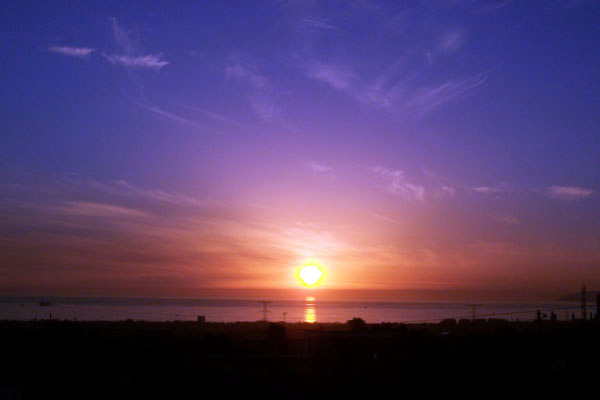



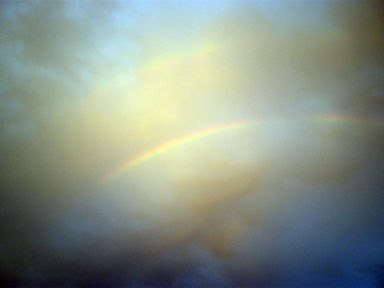
This is what the sky looked like, when the planes were done leaving their lingering contrails.
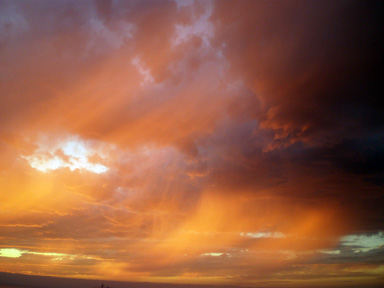





This is what the sky looked like, when the planes were done leaving their lingering contrails.

It's time someone on this thread mentioned James
Lovelock.
The father of the Gaia hypothesis – the scientifically-informed view of the entire Earth as a single, self-organising, living ecosystem – based a large part of his model on gas exchange between atmosphere, oceans and terrain, highlighting the role of living organsims in mediating and managing this exchange. Try his book, Gaia: A New Look at Life on Earth if you want to learn more about these connexions. It's a pretty easy read for a science book.
The father of the Gaia hypothesis – the scientifically-informed view of the entire Earth as a single, self-organising, living ecosystem – based a large part of his model on gas exchange between atmosphere, oceans and terrain, highlighting the role of living organsims in mediating and managing this exchange. Try his book, Gaia: A New Look at Life on Earth if you want to learn more about these connexions. It's a pretty easy read for a science book.
reply to post by westcoast
Hi westcoast Amazing pics
I'm no expert but I think you could be right about rainbows can be pre-quake warnings.
On and off over the last 20 or so years, I have been trying to practise my psychic skills, and it was just before the Japan quake that I had a 'dream' about seeing darkish clouds in the sky and when they parted a little, instead of seeing blue sky, there were lots of bright rainbow colours. I didn't relate it to anything important and to be quite honest I didn't know why I was being 'shown' this.
After the quake, many of you will recall the plethora of threads on the event, and I posted my 'dream' in one of them because someone had mentioned something about colours in the sky. I followed the thread for a while and a few pages after my comment, someone posted a picture of the Japanese sky with dark clouds which had parted a little, to reveal bright rainbow colours. It was the exact image I saw in my 'dream'. It was quite a while back now, and I don't have time nor the patience to trawl through everything I have posted. But if I find it, I will post back here.
I know this post isn't scientific evidence to support your idea, but I thought I would just post about it anyway.
S&F
Hi westcoast Amazing pics
I'm no expert but I think you could be right about rainbows can be pre-quake warnings.
On and off over the last 20 or so years, I have been trying to practise my psychic skills, and it was just before the Japan quake that I had a 'dream' about seeing darkish clouds in the sky and when they parted a little, instead of seeing blue sky, there were lots of bright rainbow colours. I didn't relate it to anything important and to be quite honest I didn't know why I was being 'shown' this.
After the quake, many of you will recall the plethora of threads on the event, and I posted my 'dream' in one of them because someone had mentioned something about colours in the sky. I followed the thread for a while and a few pages after my comment, someone posted a picture of the Japanese sky with dark clouds which had parted a little, to reveal bright rainbow colours. It was the exact image I saw in my 'dream'. It was quite a while back now, and I don't have time nor the patience to trawl through everything I have posted. But if I find it, I will post back here.
I know this post isn't scientific evidence to support your idea, but I thought I would just post about it anyway.
S&F
Awesome photos!
I live in Washington State as well - Eastern Grays Harbor County. Here is a double rainbow I took back in July of 2012.
It's the first one I have ever seen. I was like ...Whoaaa....lol
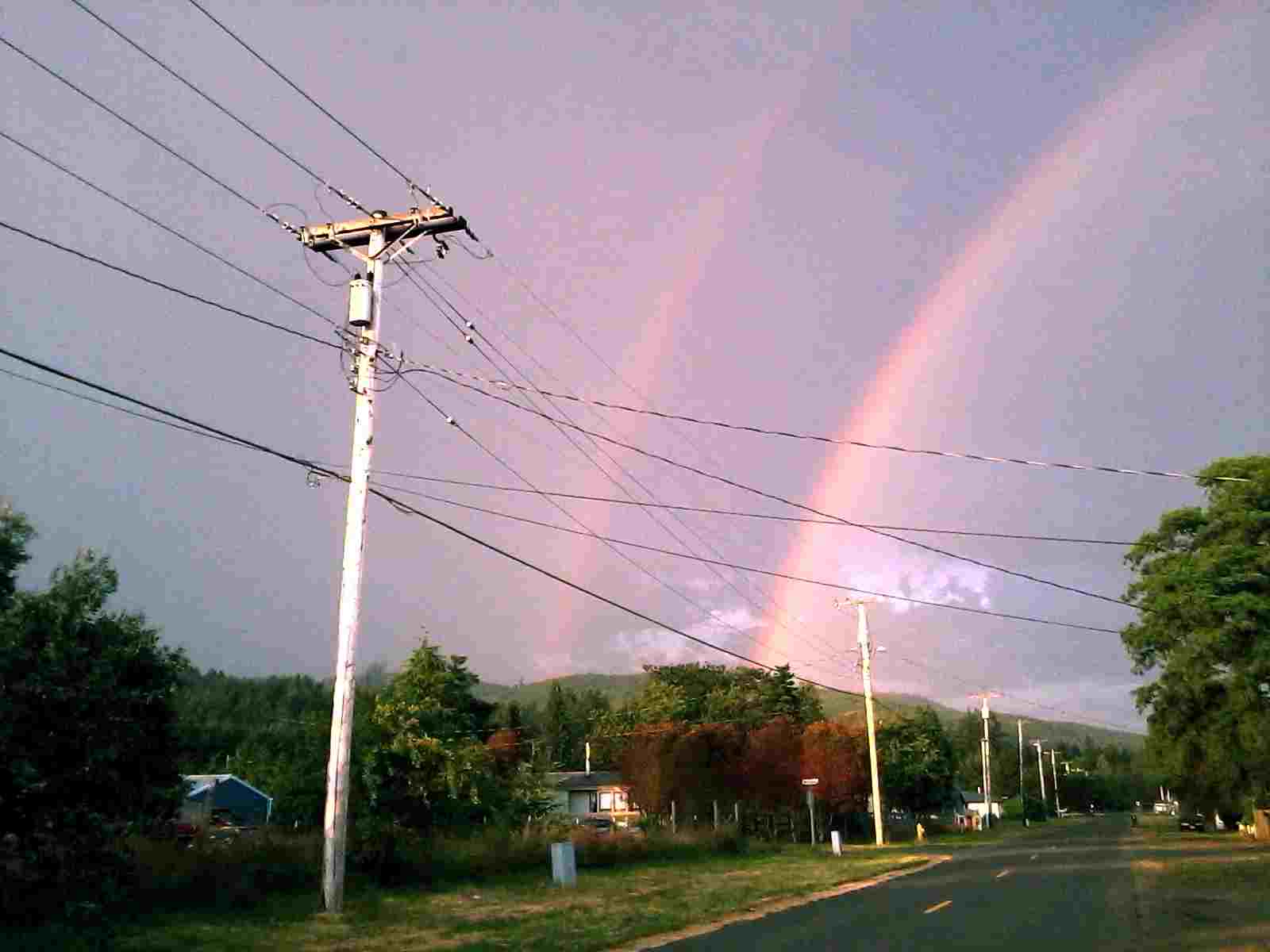
I live in Washington State as well - Eastern Grays Harbor County. Here is a double rainbow I took back in July of 2012.
It's the first one I have ever seen. I was like ...Whoaaa....lol

This was a sunset I captured April 10 2013
No rainbows, and it is below the 22' to be a sundog. It was spectacular to witness
Original photo

close up
then I started to change the contrast, hue, saturation, and brightness, manipulating the light in the images to help reveal what type of phenomenon I was witnessing. As I am an avid watcher of the day and night sky. All done with Microsoft Office Picture manager

close up

close up

close up

close up

close up
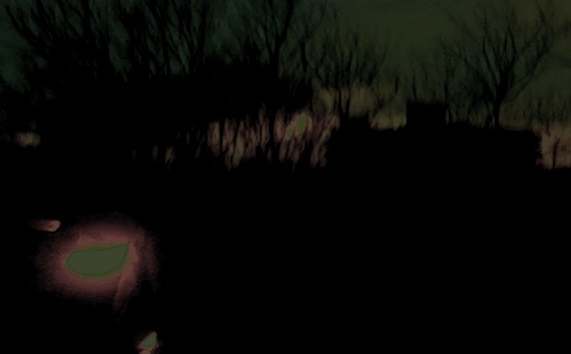
close up
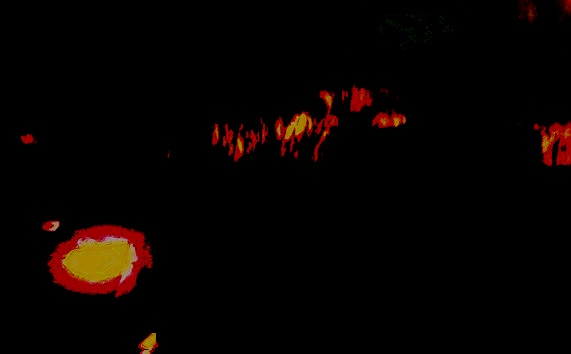
close up

close up
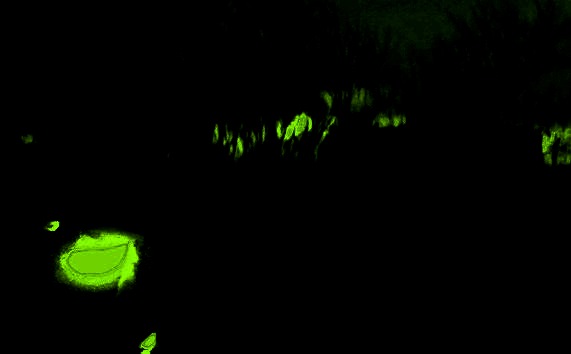
close up

close up

close up

close up

close up

close up

close up

close up

close up
Just in case there was any confusion. this is a picture of the setting sun a month later, to verify where the sun actually sets. Hopes these peak your interest.


No rainbows, and it is below the 22' to be a sundog. It was spectacular to witness
Original photo

close up
then I started to change the contrast, hue, saturation, and brightness, manipulating the light in the images to help reveal what type of phenomenon I was witnessing. As I am an avid watcher of the day and night sky. All done with Microsoft Office Picture manager

close up

close up

close up

close up

close up

close up

close up

close up

close up

close up

close up

close up

close up

close up

close up

close up

close up
Just in case there was any confusion. this is a picture of the setting sun a month later, to verify where the sun actually sets. Hopes these peak your interest.


edit on 14-6-2013 by whatzshaken because: (no reason given)
reply to post by westcoast
Rainbows are cool things, yes..
Water drops reflecting the light.
And the Halo's are tiny ice crystal's reflecting the light.
I've seen halo's, rainbow's, and spot-rainbows.
I've never seen the horizon-rainbow's so that was nice to see.
I've found a nice picture here. One that is at the Eiffel Tower.
Rainbows are cool things, yes..
Water drops reflecting the light.
And the Halo's are tiny ice crystal's reflecting the light.
I've seen halo's, rainbow's, and spot-rainbows.
I've never seen the horizon-rainbow's so that was nice to see.
I've found a nice picture here. One that is at the Eiffel Tower.
Another great post Westcoast! I too am in the PNW and have found the now regular occurance of sun dogs and sun bows very strange. I have lived here my
entire life and do not remember ever seeing these things growing up, but they occur so often now that you would have to be blind not to notice. I made
a new thread here with some pics and speculation about what could be going on, mostly
got bashed, but oh well I did not try very hard I do not know if any one has posted this yet but check this out:
new study warns of pacific northwest mega quake
Originally posted by Astyanax
It's time someone on this thread mentioned James Lovelock.
The father of the Gaia hypothesis – the scientifically-informed view of the entire Earth as a single, self-organising, living ecosystem – based a large part of his model on gas exchange between atmosphere, oceans and terrain, highlighting the role of living organsims in mediating and managing this exchange. Try his book, Gaia: A New Look at Life on Earth if you want to learn more about these connexions. It's a pretty easy read for a science book.
And just to add, his recent book 'Revenge of Gaia' seems even more relevant to the OP, maybe this is the 'revenge' he alludes too?
Article re Gaia
Nice post OP, I enjoyed the photos, but I do think one of the main reasons for phenomena appearing more frequent these days is more to do with the abundance of camera phones, social media, and people, like yourself, posting their views in forums such as this. Go back say 15 years ago and you would have had to rely on the tv or physical friends to hear of such things.
edit on 14-6-2013 by doorhandle because: fixed link to
article
reply to post by westcoast
Amazing thread as always westcoast! Your photos are stunning.
One thing that popped into my mind while I was reading through your OP is CERN's CLOUD project. I don't know why, just made me think of it.
CLOUD | CERN
A recent update about the study:
Thought that might interest you.
Hope all is well!
Amazing thread as always westcoast! Your photos are stunning.
One thing that popped into my mind while I was reading through your OP is CERN's CLOUD project. I don't know why, just made me think of it.
CLOUD | CERN
The Cosmics Leaving Outdoor Droplets (CLOUD) experiment uses a special cloud chamber to study the possible link between galactic cosmic rays and cloud formation......
Cosmic rays are charged particles that bombard the Earth's atmosphere from outer space. Studies suggest they may influence cloud cover either through the formation of new aerosols (tiny particles suspended in the air that can grow to form seeds for cloud droplets) or by directly affecting clouds themselves.
A recent update about the study:
wattsupwiththat.com
At the present time we can not say whether cosmic rays affect the climate. What we have investigated so far, is the production of condensation nuclei for cloud droplets, namely those arising from gases: The technical term is “gas-to-particle conversion”. They make up about half of condensation nuclei in the atmosphere. The remaining germs come from soot and dust.
Which gases are involved in this process?
We first looked at sulfuric acid and ammonia. The results of the first tests were: the cosmic rays enhance the formation of condensation nuclei from gases by a factor of ten. But that alone is not enough to significantly affect the formation of clouds. According to our previous experiments, there must be other gases or vapors that enhance this process. Presumably organic substances.
Thought that might interest you.
Hope all is well!
reply to post by westcoast
I thought you might enjoy this:
Strange, Glowing Night Clouds Continue to Spread
I know it's not rainbows and all but it is strange phenomena in the sky - right up your alley I'd think. Enjoy!
peace
I thought you might enjoy this:
Just after summer sunsets in northern latitudes, shimmering, wispy clouds appear in the twilight sky. This year, these noctilucent clouds have appeared earlier and farther south than ever before.
Noctilucent clouds exist higher in Earth’s atmosphere than any other cloud type. First observed in 1885 following the eruption of Krakatoa, they were a sight reserved for Earth’s northernmost residents. In recent years, however, their intensity and frequency have increased, often at latitudes previously thought to be too far south for noctilucent clouds to form.
Strange, Glowing Night Clouds Continue to Spread
I know it's not rainbows and all but it is strange phenomena in the sky - right up your alley I'd think. Enjoy!
peace
We have a tons of halos here in North County San Diego .. I see them pretty frequently when it rains here.
reply to post by westcoast
My first thoughts after reading your words: thank god it's not just me!
I've been seeing strange things in the skies (and I mean weird, down the rabbit-hole kind of sh#t) the past 18 months that I'm certain I'd have noticed earlier if they'd always been occurring. And most people I know admit to sharing my thoughts (although very few seem to give a damn). Something of great significance is definitely changing around here, and it does seem to be on an esoteric/planetary scale. But what does it all mean? You tell me lol.
Bring it on I say. If this is part of what it's gonna take to snap humanity out of its self-induced suicidal apathetic coma then bring it on! weirder the better. I'm sure there are plenty of worse mysterious phenomena awaiting us if we don't take heed of the earth's cries for attention while there's still time to rectify the damage we're making with our reckless chaotic behavior. So the more attention this mystery draws the better I say. It can only serve to broaden our minds, so whatever the cause.. I'm excited by it
With a little bit of patience & a whole lot of deep research by knowledgeable persons such as yourself, I'm sure that Time will come to erode this weird mystery of ours like it erodes all things Even nature must explain itself to itself eventually!
So keep up the good work my friend. It's certainly nice to see that there are indeed still people out there paying careful & close attention to their environmental surroundings, despite the tragic overabundance of powerfully seductive distractions in our cancerous society. After all, someone's gotta do it! So on behalf of those who refuse or forget to say it - thank you!
Studying the unknown is certainly not easy work (although as your photos indicate - it's not totally unrewarding, either). There's so much to be gained from simply taking a momentary step out of our busy lives just to quietly observe nature in action. I suppose that's no surprise, given that we ourselves are merely products of nature lol. It's easy to forget the implications of that important existential fact when your back's sore, & the bills are unpaid, & your family's hungry etc. Life's definitely hard & only getting harder; but that's no excuse to just drop the evolutionary ball!
So stay focused my great brothers/sisters. Humanity's focus is more important now than it has ever been!
Peace, as always. Take it easy OP/ATS (or don't take it at all)!
My first thoughts after reading your words: thank god it's not just me!
I've been seeing strange things in the skies (and I mean weird, down the rabbit-hole kind of sh#t) the past 18 months that I'm certain I'd have noticed earlier if they'd always been occurring. And most people I know admit to sharing my thoughts (although very few seem to give a damn). Something of great significance is definitely changing around here, and it does seem to be on an esoteric/planetary scale. But what does it all mean? You tell me lol.
Bring it on I say. If this is part of what it's gonna take to snap humanity out of its self-induced suicidal apathetic coma then bring it on! weirder the better. I'm sure there are plenty of worse mysterious phenomena awaiting us if we don't take heed of the earth's cries for attention while there's still time to rectify the damage we're making with our reckless chaotic behavior. So the more attention this mystery draws the better I say. It can only serve to broaden our minds, so whatever the cause.. I'm excited by it
With a little bit of patience & a whole lot of deep research by knowledgeable persons such as yourself, I'm sure that Time will come to erode this weird mystery of ours like it erodes all things Even nature must explain itself to itself eventually!
So keep up the good work my friend. It's certainly nice to see that there are indeed still people out there paying careful & close attention to their environmental surroundings, despite the tragic overabundance of powerfully seductive distractions in our cancerous society. After all, someone's gotta do it! So on behalf of those who refuse or forget to say it - thank you!
Studying the unknown is certainly not easy work (although as your photos indicate - it's not totally unrewarding, either). There's so much to be gained from simply taking a momentary step out of our busy lives just to quietly observe nature in action. I suppose that's no surprise, given that we ourselves are merely products of nature lol. It's easy to forget the implications of that important existential fact when your back's sore, & the bills are unpaid, & your family's hungry etc. Life's definitely hard & only getting harder; but that's no excuse to just drop the evolutionary ball!
So stay focused my great brothers/sisters. Humanity's focus is more important now than it has ever been!
Peace, as always. Take it easy OP/ATS (or don't take it at all)!
new topics
-
Biden Face Planted Somewhere
Other Current Events: 56 minutes ago -
A great artist and storyteller, for kids of all ages
General Entertainment: 1 hours ago -
What Is 'Quad Demic'? Mask Mandate Returns In These US States
Diseases and Pandemics: 5 hours ago -
The Future of fashion .
Social Issues and Civil Unrest: 5 hours ago -
Bin Cyber Junk…
Short Stories: 6 hours ago -
The Undertones - Teenage Kicks
Music: 7 hours ago -
Volcano Watch 2025
Fragile Earth: 7 hours ago
top topics
-
What Is 'Quad Demic'? Mask Mandate Returns In These US States
Diseases and Pandemics: 5 hours ago, 9 flags -
The Future of fashion .
Social Issues and Civil Unrest: 5 hours ago, 6 flags -
Judge rules president-elect Donald Trump must be sentenced in 'hush money' trial
US Political Madness: 16 hours ago, 5 flags -
Volcano Watch 2025
Fragile Earth: 7 hours ago, 5 flags -
Bin Cyber Junk…
Short Stories: 6 hours ago, 5 flags -
Biden Face Planted Somewhere
Other Current Events: 56 minutes ago, 3 flags -
Farmers wife
Music: 17 hours ago, 2 flags -
The Undertones - Teenage Kicks
Music: 7 hours ago, 2 flags -
A great artist and storyteller, for kids of all ages
General Entertainment: 1 hours ago, 2 flags
active topics
-
Biden Face Planted Somewhere
Other Current Events • 5 • : Guyfriday -
What Is 'Quad Demic'? Mask Mandate Returns In These US States
Diseases and Pandemics • 22 • : rickymouse -
NJ Drones tied to Tesla explosion at Trump Las vegas
General Conspiracies • 43 • : Flyingclaydisk -
-@TH3WH17ERABB17- -Q- ---TIME TO SHOW THE WORLD--- -Part- --44--
Dissecting Disinformation • 3929 • : Thoughtful3 -
The Undertones - Teenage Kicks
Music • 2 • : underpass61 -
Russia Ukraine Update Thread - part 3
World War Three • 6900 • : Arbitrageur -
Vehicle Strikes people in New Orleans
Mainstream News • 296 • : BeyondKnowledge3 -
Bin Cyber Junk…
Short Stories • 4 • : JJproductions -
Tesla Cybertruck Explodes in Front of Trump Hotel in Las Vegas
Mainstream News • 217 • : cherokeetroy -
The Future of fashion .
Social Issues and Civil Unrest • 15 • : BernnieJGato
